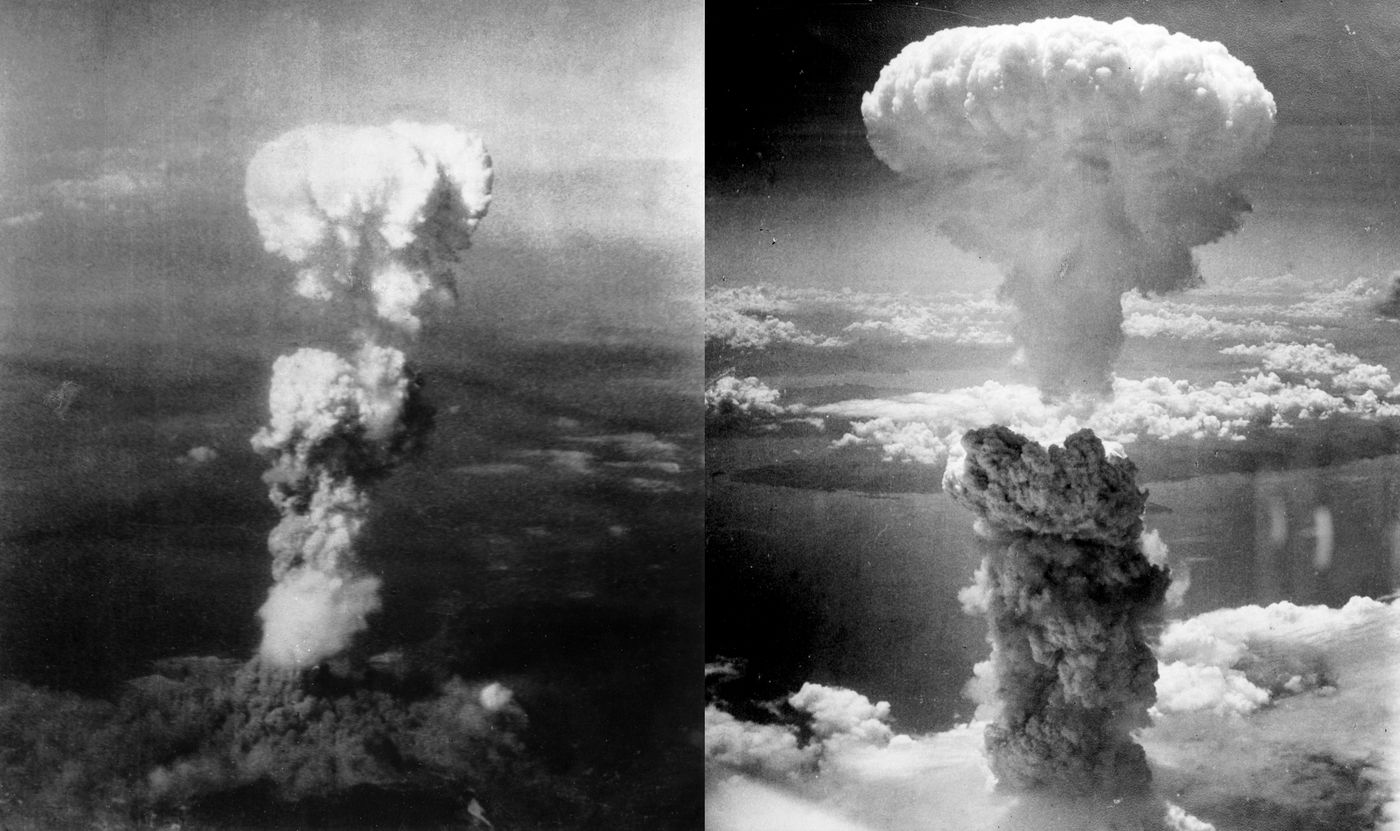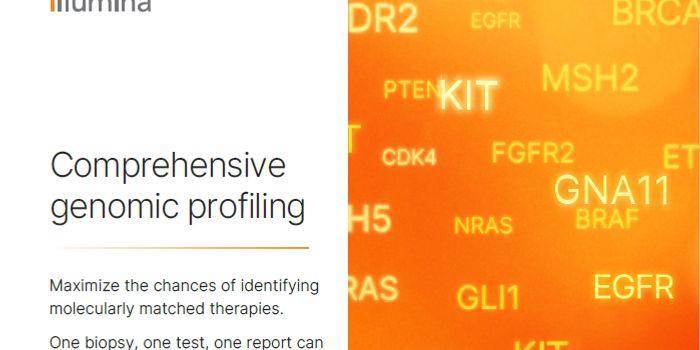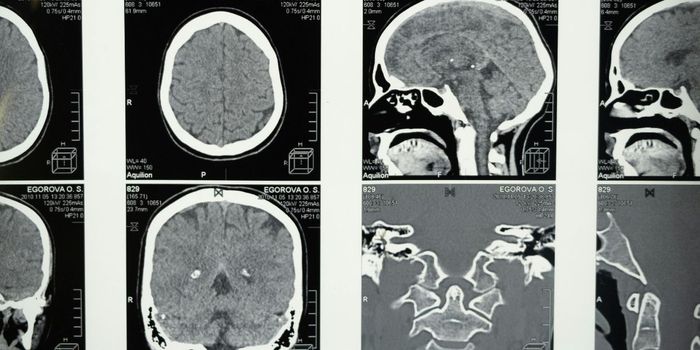In August of 1945, the U.S. dropped the most deadly nuclear bombs in the history of warfare on Hiroshima and Nagasaki, Japan. The nuclear fallout killed hundreds of thousands, while leaving survivors exposed to very high doses of radiation.

In a recent paper that re-examines the long-term health effects of these atomic bombs, one researcher says the actual consequences of the radiation blasts are, fortunately,
not as severe as portrayed by public perception. Particularly, Bertrand Jordan, sole author of the article, reported that people exposed to the radiation did suffer health effects, but their overall lifespan was reduced by a few months – not years, as most public would believe.
Of course, the results are not to downplay the devastating effects of the bombs and war. However, they challenge what our preconceptions about nuclear fallout and how acute or chronic the effects of radiation may be.
"Most people, including many scientists, are under the impression that the survivors faced debilitating health effects and very high rates of cancer, and that their children had high rates of genetic disease," said Jordan, who published his research in the Journal Genetics.
It’s true that one of the most pervasive fears from nuclear fallout is the uncontrolled damage to DNAs. And rightly so. The first bomb that dropped on Hiroshima was a uranium-based weapon dubbed Little Boy, which had an estimated 15 kilotons of nuclear power. Little Boy is estimated to have killed 70,000 people from the direct blast, and another 200,000 from residual health conditions.
Days after the first bombing, the US deployed Fat Man, a plutonium-based bomb, on the city of Nagasaki. This second bomb had an estimated 21 kilotons of nuclear power that killed around 40,000 people from the initial blast, and another 140,000 over the next five years.
In the face of history’s devastations, it seems cruel and savage to conclude that the effects of these atomic blasts are not as dire as perceived by the general public. But this is what Jordan concluded after analyzing “the results of the studies undertaken to date, which have been published in more than 100 papers,” for the past 60 years.
Jordan examined data that followed around 100,000 survivors and their 77,000, as compared to a control group of 20,000 people who were not exposed to radiation. He found that though cancer rates were higher in radiation-exposed people, the lifespan decrease was 1.3 years. The majority of survivors did not develop cancer, and of the group who were exposed to modest radiation, the cancer risk was 10 percent higher than usual. How the radiation affects the children of survivors is yet to be fully uncovered.
But to Jordan’s point, he notes, "There's an enormous gap between that belief and what has actually been found by researchers." This is not to minimize the effects of nuclear fallout, or to support use of nuclear weapons. Rather, Jordan is trying to set some public perceptions straight in the face of facts. “I think it's important that the debate be rational, and I would prefer that people look at the scientific data, rather than gross exaggerations of the danger."
Additional sources:
IBTimes,
MNT,
Genetics Society of America press release
 In a recent paper that re-examines the long-term health effects of these atomic bombs, one researcher says the actual consequences of the radiation blasts are, fortunately,
In a recent paper that re-examines the long-term health effects of these atomic bombs, one researcher says the actual consequences of the radiation blasts are, fortunately,







